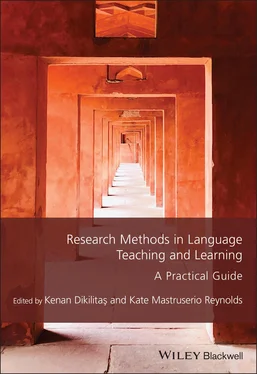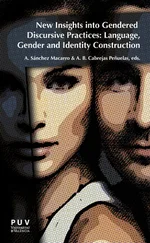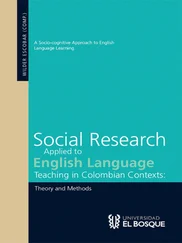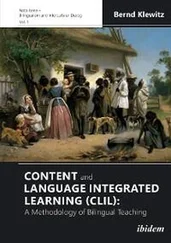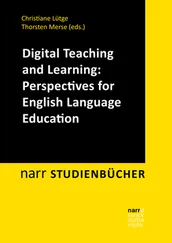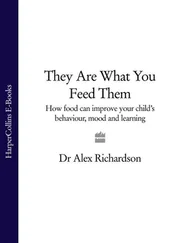31 Hammersley, M. (2004). Action research: A contradiction in terms? Oxford Review of Education, 30(2), 165–181. https://doi.org/10.1080/0305498042000215502
32 Heigham, J., & Croker, R. (Eds.). (2009). Qualitative research in applied linguistics: A practical introduction. Palgrave Macmillan:
33 Holliday, A. (2002). Doing and writing qualitative research. Sage.
34 Holliday, A. (2007). Doing and writing qualitative research. Sage.
35 Holloway, I., & Wheeler, S. (2002). Qualitative research in nursing. Wiley-Blackwell.
36 Hopkins, D. (2008). A teacher’s guide to classroom research. Open University Press.
37 Johnson, K. E. (1995). Understanding communication in second language classrooms. Cambridge University Press.
38 Kemmis, S. (2009). Action research as a practice-based practice. Educational Action Research, 17(3), 463–474. https://doi.org/10.1080/09650790903093284
39 Kemmis, S., & McTaggart, R. (1988). The action research planner. Deakin University Press.
40 Kırkgöz, Y. (2008). Curriculum innovation in Turkish primary education. Asia-Pacific Journal of Teacher Education, 36(4), 309–322. https://doi.org/10.1080/13598660802376204
41 Kouraogo, P. (1993). Language learning strategies in input-poor environments. System, 21(2), 165–173. https://doi.org/10.1016/0346-251X(93)90039-J
42 Kvale, S. (1996). Interviews: An introduction to qualitative research interviewing. Sage.
43 Lei, L., & Qin, X. (2009). An empirical study of success and failure attributions of EFL learners at the tertiary level in China. The Asian EFL Journal Quarterly, 11(3), 29–51.
44 Lincoln, Y. S., & Guba, E. G. (1985). Naturalistic inquiry. Sage Publications.
45 Littlewood, W. (1992). Teaching oral communication: A methodological framework. Blackwell Publishers.
46 McKay, S. L. (2006). Researching second language classrooms. Lawrence Erlbaum Associates.
47 McNiff, J., Lomax, P., & Whitehead, J. (1996). You and your action research project. Routledge.
48 Miles, M. B., & Huberman, A. M. (1994). Qualitative data analysis: A sourcebook (2nd ed.). Sage
49 Morse, J. M. (2007). Sampling in grounded theory. In A. Bryant & K. Charmaz (Eds.), The Sage handbook of grounded theory (pp. 229–244). Sage.
50 Nunan, D. (1991). Language teaching methodology: A textbook for teachers. Prentice Hall.
51 Nunan, D. (1992). Collaborative language learning and teaching. Cambridge University Press.
52 Pan, L., & Block, D. (2011). English as a “global language” in China: An investigation into learners’ and teachers’ language beliefs. System, 39(3), 391–402. https://doi.org/10.1016/j.system.2011.07.011
53 Patton, M. Q. (1980). Qualitative evaluation and research methods (2nd ed.). Sage Publications.
54 Perry, F. L. (2005). Research in applied linguistics: Becoming a discerning consumer. Routledge.
55 Richards, K. (2003). Qualitative inquiry in TESOL. Palgrave Macmillan.
56 Rossman, G. B., & Rallis, S. F. (2003). An introduction to qualitative research: Learning in the field. Sage Publications.
57 Strauss, A., & Corbin, J. (1998). Basics of qualitative research techniques. Sage Publications.
58 Ur, P. (1996). Course in language teaching: Practice and theory. Cambridge University Press.
59 Uysal, H. H. (2012). Evaluation of an in-service training program for primary-school language teachers in Turkey. Australian Journal of Teacher Education, 37(7), 14–29. http://ro.ecu.edu.au/ajte/vol37/iss7/2
60 Uztosun, M. S. (2013). The role of students’ negotiation in improving the speaking ability of Turkish university EFL students: An action research study. Unpublished EdD Thesis, University of Exeter.
61 Uztosun, M. S. (2017a). Profiles of Turkish pre-service teachers of English in terms of language learning background. Journal of Further and Higher Education, 41(4), 492–503. https://doi.org/10.1080/0309877X.2015.1135883
62 Uztosun, M. S. (2017b). The development of a scale for measuring the self-regulated motivation for improving speaking English as a foreign language. The Language Learning Journal, 48(2), 213–225 https://doi.org/10.1080/09571736.2017.1335766
63 Uztosun, M. S. (2018). In-service teachers’ voices on the quality of English language teaching in Turkey. Erzincan University Journal of Education Faculty, 20(1), 140–155. https://doi.org/10.17556/erziefd.334460
64 Uztosun, M. S., Skinner, N., & Cadorath, J. (2014). An action research study designed to implement student negotiation to improve speaking classroom practice in Turkey. Educational Action Research, 22(4), 488–504. https://doi.org/10.1080/09650792.2014.904238
65 Uztosun, M. S., Skinner, N., & Cadorath, J. (2017). An action research study into the role of student negotiation in enhancing perceived student engagement during English speaking classes at university level in Turkey. Educational Action Research, 26(1), 106–126. https://doi.org/10.1080/09650792.2016.1270223
66 Williams, C. H. (2017). Teaching English in East Asia: A teacher’s guide to Chinese, Japanese, and Korean learners. Springer.
67 Young, D. J. (1990). An investigation of students’ perspectives on anxiety and speaking. Foreign Language Annals, 23(6), 539–553. https://doi.org/10.1111/j.1944-9720.1990.tb00424.x
Конец ознакомительного фрагмента.
Текст предоставлен ООО «ЛитРес».
Прочитайте эту книгу целиком, купив полную легальную версию на ЛитРес.
Безопасно оплатить книгу можно банковской картой Visa, MasterCard, Maestro, со счета мобильного телефона, с платежного терминала, в салоне МТС или Связной, через PayPal, WebMoney, Яндекс.Деньги, QIWI Кошелек, бонусными картами или другим удобным Вам способом.
